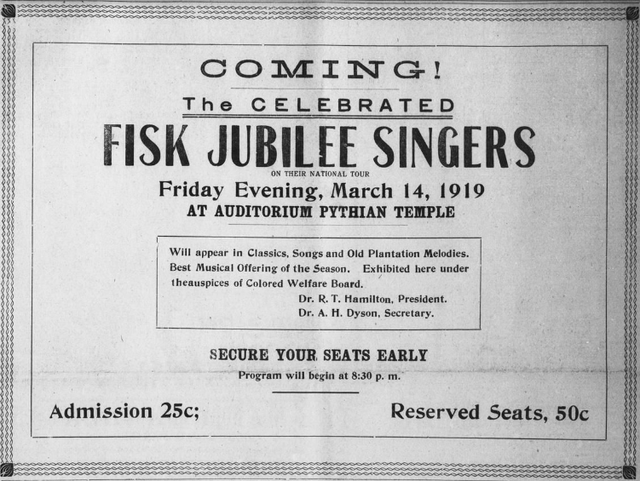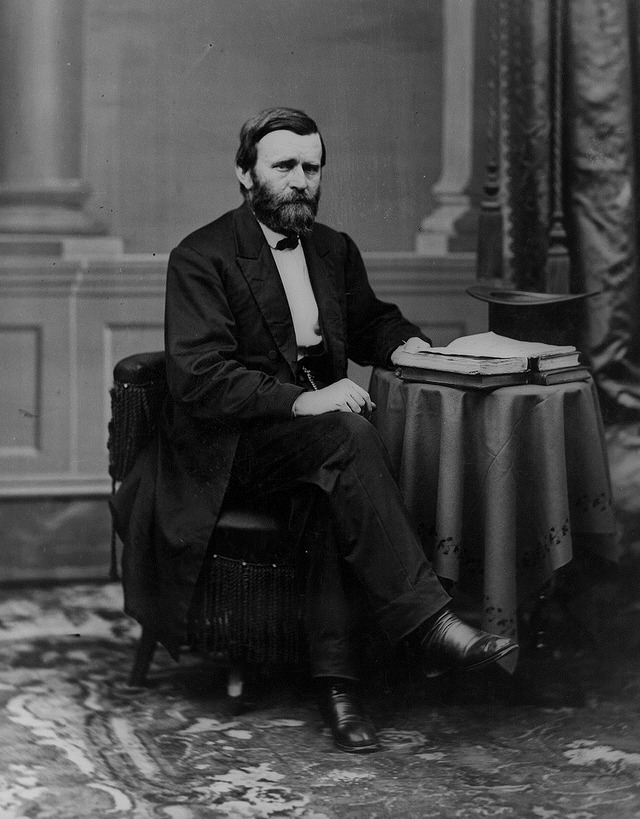
The Dissemination of the African American Spiritual in America and Europe: University Singing Movement 3
The first great success of the Singers took place on December 5, 1871, in Henry Ward Beecher's church in Brooklyn, New York, where they brought him and his congregation to tears. The Jubilee Singers performance transfixed everyone. As the last tones faded off in the silence of Plymouth Church, Beecher stepped forward and opened his purse. "Do likewise," he told his congregation, "folks can't live on air. Though they sing like nightingales, they need more to eat than nightingales do" (Ward 2000, 154). This event was the beginning of a whole series of successes (Lovell 1972, 403).
During the next seven years, the Singers toured the United States and Europe with great success giving excellent visibility to African American spirituals worldwide. President Ulysses S. Grant gave them an audience at the White House; Queen Victoria came to the home of the Duke and Duchess of Argyll to hear them, and the English Prime Minister, William Ewart Gladstone, entertained them at breakfast. During this time, the Fisk Jubilee Singers collected $150,000 to take back to their school. "Calculated purely on the basis of inflation, that amounts to a little over two and a half million in today's dollars." (Ward 2000, 395). More important was the fact that they had made known to the world the music of the African American, that they had sung "the slave songs so deeply into the world's heart that it can never wholly forget them again" (Dubois 1973, 252).
First Troupe of Jubilee Singers: Fisk Jubilee Singers
Click the link above to view the image of the first troupe of Jubilee singers photographed in early 1872. Seated, left to right: Minnie Tate, Green Evans, Jennie Jackson, Ella Sheppard, Benjamin Holmes, and Eliza Walker. Standing, left to right: Isaac Dickerson, Maggie Porter, and Thomas Rutling.

History, despite its wrenching pain
cannot be unlived, but if faced with courage,
need not be lived again.
(Maya Angelou)








